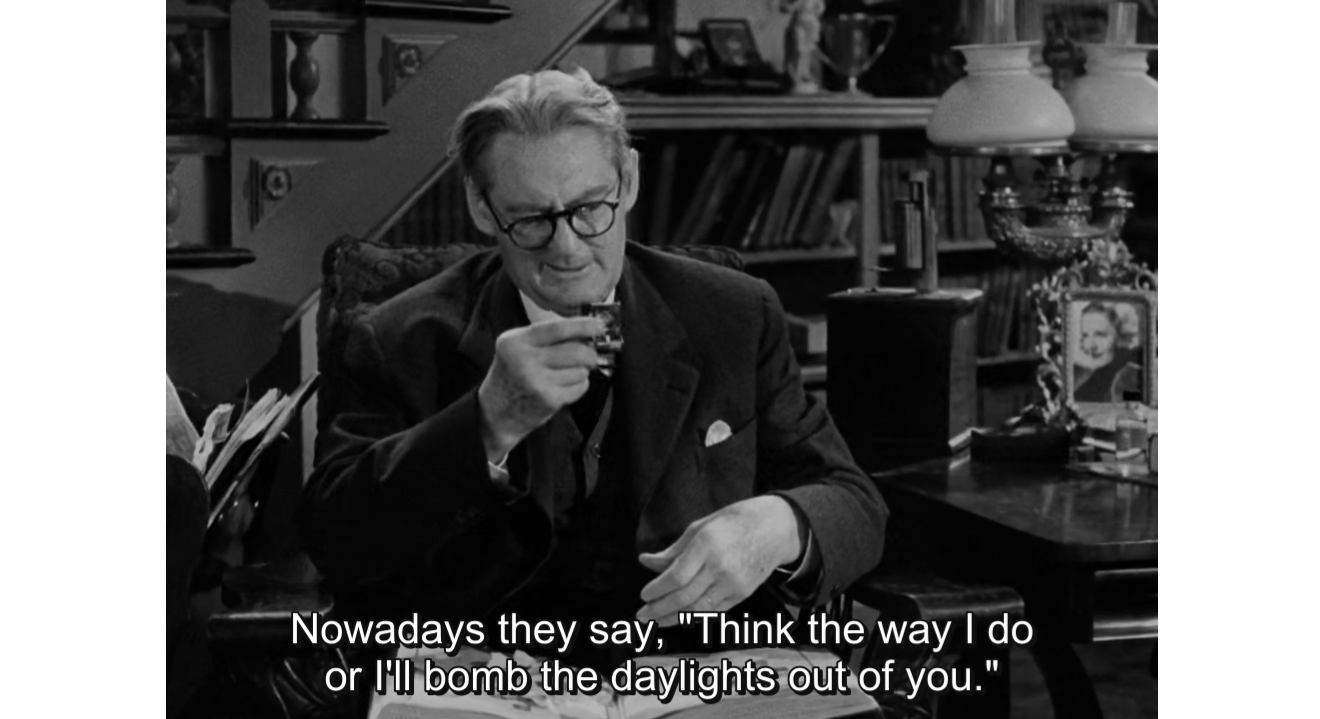Marilou Diaz-Abaya and the Story of my Cinephilia
by Francis Joseph A. Cruz
Then Jose Rizal (1998) screened. It was another historical drama. It was another school requirement. What differentiated Jose Rizal from Tirad Pass was the very noticeable skill in which it was mounted. There was elegance in the way the film depicted the national hero. It was elegance that was comparable to the many big-budgeted Hollywood period pieces. The next year, Muro-ami (1999) screened. The images that filled up the silver screen were not only grand and beautiful, they were indelible. Cesar Montano, who donned Spanish era-formal wear, was now in rags, readying his overused goggles before recklessly diving into the sea with an army of youngsters. A couple of years later, Bagong Buwan (New Moon, 2001) screened. This was the first time I ever saw Mindanao in the big screen. With the exotic mix of local color and wartime dangers, I was sufficiently enchanted. Those films of Marilou Diaz-Abaya gave me enough hunger to seek for more, starting with Moral.
The very first time I saw Moral was in college, during a film session handled by a Filipino professor who also dabbled in filmmaking. I was already familiar with Diaz-Abaya, having seen and enjoyed her Metro Manila Film Fest entries. Jose Rizal and Muro-ami however did not prepare me for the effect Moral (1982) would have on me. I was immediately enchanted by the palpable intimacy of the storytelling. It left me thirsting for more. I searched for Brutal (1980) and Karnal (1983), both films treading the same vein. Along the way, I caught Laurice Guillen’s Salome (1981), Ishmael Bernal’s Himala (Miracle, 1982) and Lino Brocka’s Maynila sa mga Kuko ng Liwanag (Manila in the Claws of Neon, 1975). This was the same time I was obsessing over Wong Kar-Wai and Krzysztof Kieslowski, purchasing with whatever I can save from my humble allowance each and every DVD copy of their films. This was also the first time I saw how it was so difficult to be hopelessly in love with your own cinema, with all the Hollywood flicks overpowering the local ones, most of which were commercial junk anyway, with all the readily available foreign films on the latest format and the abject lack of Filipino classics on any format.
The rest, I guess, is history. Mario O’Hara released Babae sa Breakwater (Woman of the Breakwater, 2003) and I, hopefully along with the five other strangers who bought tickets and saw the film with me, were swayed by the master director’s weaving of native magic, realistic poverty, and novelty songs. Mike de Leon released Bayaning Third World (Third World Hero, 2000) and I saw how a singular vision, absent any form of studio funding, can produce such a startling piece of work. Maryo J. de los Reyes released Magnifico (2003) and I saw how a veteran filmmaker working with a then unknown screenwriter can move hearts without traditional histrionics and ridiculous plot movements. Quark Henares released Keka (2003) and I saw how young directors can infuse new ideas and vitality to an industry that was reportedly in its deathbed. Lav Diaz released Batang West Side (West Side Avenue, 2001) and I saw how Philippine cinema can do without boundaries set by the Hollywood monster.
I do not know Diaz-Abaya personally. I only know her from the films she has made. Ikaw ang Pag-ibig (You are Love, 2011), her swansong, is a film that I have been struggling to appreciate. It is as beautifully-acted and elegantly paced as all her previous works, despite the obvious modesty in the production. The film is very vocal about Catholic faith, to the point of being preachy. It is perhaps the mixture of that quality of the film and my current state of cynicism that left me unmoved. Looking back, I cannot help but remember the hopefulness of the film, the way Diaz-Abaya courageously depicted cancer as but a path to greater faith. In a way, one can say that she was already beyond the trivial but nagging concerns of the world and was more interested to what personally matters to her.
Diaz-Abaya left us with films that matter. Her final years teaching filmmaking in Ateneo de Manila University and her very own film school produced filmmakers of various styles and interests like Henares, Marie Jamora, Jeffrey Jeturian, Sherad Sanchez, and Gino Santos. Philippine cinema will always remember her as a stalwart pioneer and selfless teacher. I, however, will remember her as the filmmaker who chose to venture on, telling her peculiar stories with her peculiar way, in the midst of overwhelming junk.
I may have outgrown my love affair with Diaz-Abaya’s post-May Nagmamahal Sa Iyo (Madonna and Child, 1996) films with repeated viewings, but I cannot deny their role in my growth as a Filipino cinephiles. I cannot deny the fact that it is because of Diaz-Abaya’s faith in the Filipino audience that allowed her to make films like Jose Rizal, Muro-ami and Bagong Buwan despite the audience’s clamour for brainless comedies and tired dramas that I saw beyond the unfortunate tropes of a then-failing Filipino cinema. She was the motherly gatekeeper to my passion for my nation’s films. Through her ever-distinguished insistence on quality and taste, I got to know Brocka, Bernal, O’Hara, Gallaga, Guillen, De Leon, and so on. Thank you and farewell.
(First published in ABS-CBNNews.com.)
.jpg)






































No comments:
Post a Comment